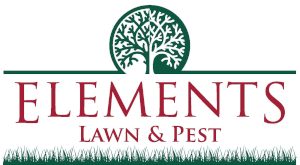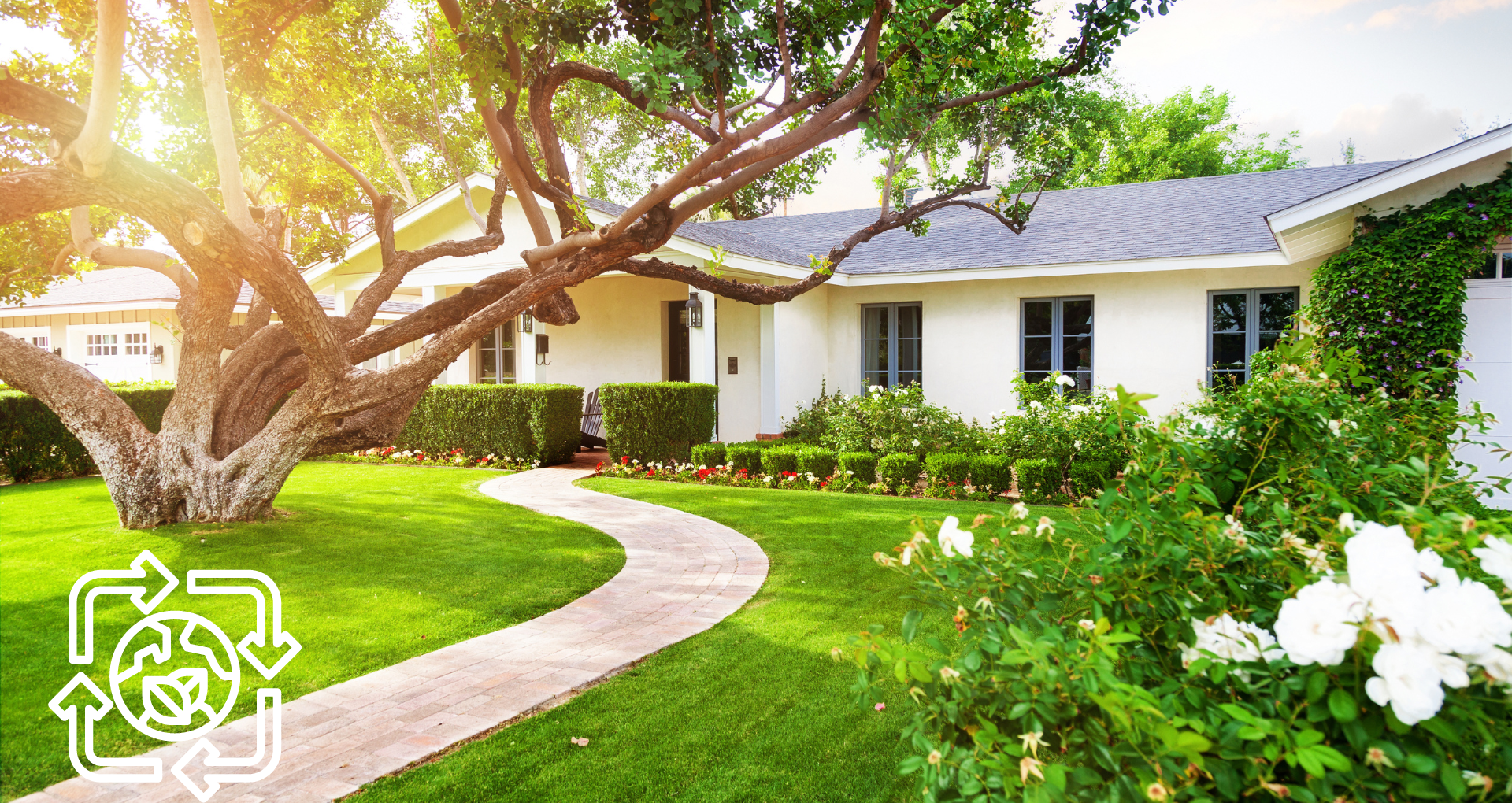“Wait, there are different types of grass?” That’s what many NJ homeowners find themselves wondering at some point or another. And the answer is a resounding yes! But that leads to an important followup: “Which kind of grass is best for my yard in New Jersey?” Well, if that’s your question, you’ve come to the right place. In this article we’re not only discussing the different types out there, but how to find the right one for you.
Understanding Different Grass Types
First, let’s talk about what’s out there as far as options. When it comes to grass there are really just three main climate categories they all fall under: cool-season, warm-season, and transitional. Let’s take a closer look at each of these.
Cool-Season Grasses
Cool-season grasses thrive in regions with cold winters and moderate summers. They grow best in temperatures between 60-75°F but can withstand cold weather very well. Some common cool-season grasses include:
Kentucky Bluegrass: Known for its rich green color and fine texture, it’s ideal for aesthetic lawns but requires regular maintenance.
Fescue: Available in various types, such as Tall Fescue and Fine Fescue, it is durable and adaptable to different soil types.
Ryegrass: Often used for overseeding, Ryegrass establishes quickly and is durable, making it suitable for high-traffic areas.
Warm-Season Grasses
As the name implies, warm-season grasses flourish in regions with hot summers and mild winters. They grow best in temperatures between 80-95°F. Common warm-season grasses include:
Bermuda Grass: Known for its toughness and drought resistance, it is ideal for high-traffic areas like sports fields.
Zoysia Grass: With a dense growth pattern, Zoysia is highly resistant to weeds and requires less frequent mowing.
St. Augustine Grass: Preferring warmer climates, it has a thick, coarse texture and thrives in coastal areas.
Transition Zone Grasses
Not all climates fall neatly in the category of cold or warm. That’s why transitional zone grasses exist. The transition zone lies between the cool and warm-season zones. Grass types here must withstand both hot summers and cold winters:
Tall Fescue: A versatile grass that can handle varying temperatures and moderate shade.
Zoysia Grass: Also suitable for the transition zone due to its adaptability to different climates.
Selecting Grass for Your Climate
Okay, now that you’ve seen the lay of the land (or, “grass-land”) it’s time to get practical. The first thing you need to consider when selecting grass for your lawn is your local climate. This includes temperature, rainfall, and soil type. Here are some recommendations:
- Northern Climates: Cool-season grasses like Kentucky Bluegrass, Fescue, and Ryegrass are best due to their cold tolerance.
- Southern Climates: Warm-season grasses like Bermuda Grass, Zoysia Grass, and St. Augustine Grass are ideal for hot, humid conditions.
- Transitional Climates: On the east coast, this covers a range roughly from southern PA to the top of SC. Tall Fescue and Zoysia Grass work well in these areas that see both hot summers and cold winters.
Grass Selection Based on Lawn Use
Your lawn’s intended use also plays a significant role in grass selection. Here are some suggestions:
- For High-Traffic Areas: Choose durable grasses like Bermuda Grass for warm season climates or Tall Fescue for cool season climates that can withstand frequent foot traffic.
- For Low-Maintenance Lawns: Opt for low-care grasses like Fine Fescue or Zoysia Grass, which require less mowing and watering.
- For Aesthetic Lawns: For a visually appealing lawn, consider Kentucky Bluegrass or Centipede Grass. These are known for their lush appearance.
What’s the Takeaway?
Selecting the right grass type for your lawn is essential for creating a healthy, beautiful yard. Thankfully, unless you live in the himalayas, there is a grass type that will fit your needs! All you need is a right assessment of your climate and the kind of yard you’re looking for. And don’t forget, research thoroughly and consult local experts to ensure the success of your lawn.
Have the plant but need some help planting? Elements Lawn and Pest can help! We specialize in lawn care, pest control, and aeration/seeding services ensuring your lawn not only survives but thrives. Give us a call today!
Frequently Asked Questions
Q: What is the best grass type for a shaded lawn? A: Fine Fescue for cool season climates and St. Augustine Grass for warm season climates are good choices for shaded areas due to their shade tolerance.
Q: How do I know if my soil is suitable for a specific grass type? A: Conduct a soil test to check pH levels, nutrient content, and soil composition. Match these results with the preferred conditions of your chosen grass type.
Q: Can I mix different grass types in my lawn? A: Yes, mixing grass types can create a more resilient lawn. However, ensure the grasses have similar maintenance needs and growth patterns.Q: How often should I water my grass based on its type? A: Cool-season grasses typically require more frequent watering, while warm-season grasses are more drought-tolerant and need less frequent watering.

